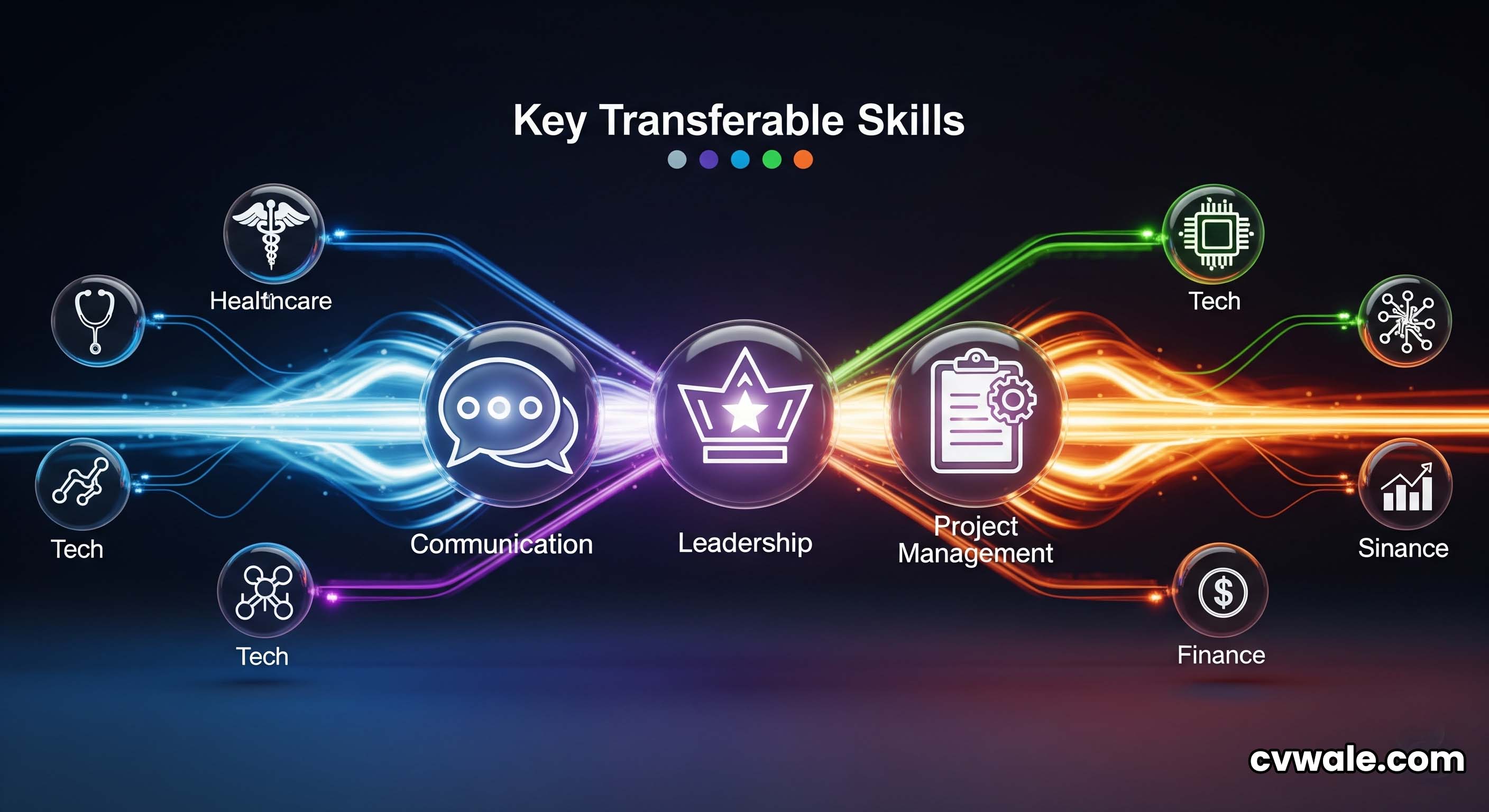Switching Careers? How to Write a Career Change CV That Gets Noticed (2025)

Making the decision to switch careers is a bold and exciting step. It's a chance for a fresh start and a more fulfilling professional life. However, for many in India, the biggest challenge is translating their years of valuable experience from one industry into a compelling application for another. How do you convince a hiring manager in the IT sector that your experience as a hotel manager is relevant? The traditional chronological CV, which highlights past job titles, often fails career changers because it emphasizes what they *were*, not what they *can be*. The key to a successful career change CV is a strategic shift in focus: from job titles to transferable skills. This guide will teach you how to restructure and rewrite your CV to build a powerful bridge between your past experience and your future aspirations, ensuring recruiters see your potential, not just your past.
The #1 Mistake Career Changers Make
The most common mistake is sending out their old, existing CV. A recruiter looking for a "Marketing Analyst" who receives a CV highlighting ten years as a "Senior Accountant" is likely to discard it in seconds, without ever reading the details. They don't have the time to connect the dots for you. Your job, as a career changer, is to connect those dots clearly and explicitly for them.
The Power of Transferable Skills
Transferable skills are abilities and expertise that are relevant and valuable across different jobs and industries. These are your secret weapons in a career change. You need to identify your transferable skills from your past roles and make them the centerpiece of your new CV.
Common examples of high-value transferable skills include:
- Project Management: Planning, executing, and closing projects.
- Leadership & Team Management: Mentoring, training, and guiding a team.
- Communication: Presenting, writing reports, negotiating.
- Data Analysis: Interpreting data to make decisions.
- Budgeting & Financial Management: Managing resources effectively.
- Customer Service & Relationship Management: Interacting with clients and stakeholders.
How to Structure Your Career Change CV
A standard chronological format is not your best friend here. You need to adapt your CV's structure to highlight your skills first.
1. A Powerful, Forward-Looking Professional Summary
This is the most critical part of your CV. It must immediately address the change and frame your past experience in the context of your new goal.
Example: A Retail Store Manager switching to Human Resources.
Old Summary: "An experienced Retail Store Manager with 8+ years of expertise in inventory management and sales targets."
New Career Change Summary: "A results-oriented and people-focused professional with over 8 years of experience in team leadership, training, and employee performance management. Now seeking to leverage extensive skills in recruitment, onboarding, and conflict resolution as an HR Generalist."
2. A Detailed "Summary of Skills" or "Profile" Section
Right below your professional summary, add a detailed skills section. This functional approach puts your relevant abilities front and center. Group your skills into categories that align with the new role.
Example for the career change to HR:
"Key HR-Relevant Skills: Team Leadership & Mentoring | Recruitment & Interviewing | Employee Onboarding & Training | Performance Evaluation | Conflict Resolution | Payroll & Roster Management"

3. Re-frame Your Work Experience
This is where you translate your past duties into future-ready skills. For each bullet point, ask yourself, "How does this experience prove a skill needed for my new career?"
Example: A former teacher applying for a Corporate Instructional Designer role.
Work Experience
Senior English Teacher | Delhi Public School | 2018 - 2024
- Instead of: "Taught English to Class 10 students."
- Write: "Designed and delivered engaging curriculum for over 100 students, utilizing modern pedagogical techniques to improve average test scores by 15%." (Highlights instructional design and results).
- Instead of: "Managed classroom activities."
- Write: "Developed training materials and assessments to cater to different learning styles, fostering a collaborative and productive learning environment." (Highlights material development).
4. Emphasize New Education and Certifications
If you've taken any courses or earned certifications relevant to your new field, make them prominent. Place this section right after your skills summary to show your commitment to the career change.
Your Cover Letter is Your Best Friend
For a career changer, a cover letter is not optional—it's essential. It is the perfect place to tell your story. Use it to:
- Explicitly state your intention: Clearly mention that you are making a career change.
- Explain your "why": Briefly explain what motivated you to switch careers.
- Connect the dots: Draw a clear line between your past achievements and how they will make you successful in the new role.
Changing careers requires a strategic approach to your job application. By shifting the focus from your past job titles to your valuable transferable skills, you can create a compelling narrative that captures the attention of recruiters and opens the door to your new professional chapter. Use the flexible templates on CVWale to easily build a functional or combination resume that perfectly showcases your potential for your new career.
